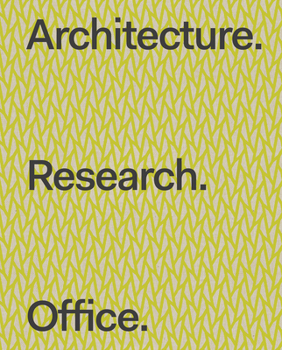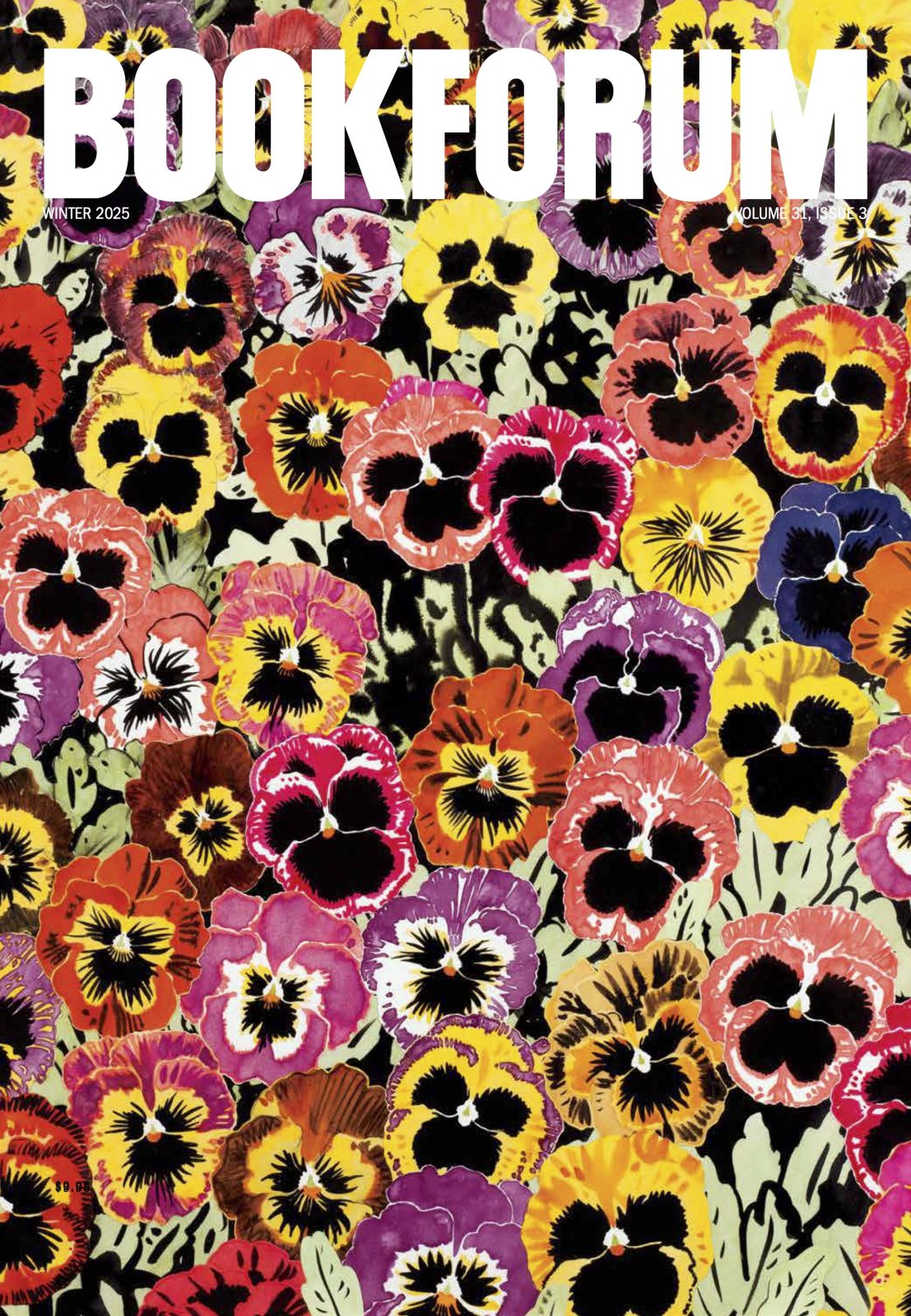
ANYONE LOOKING for a summa on twenty-first-century architecture culture in New York—how shifting ideas in the design profession have transformed the landscape of the city (mostly for the better) over the past two-plus decades—could do worse than to read a few passages from Brooke Hodge’s introduction to Architecture. Research. Office. The book, grouped into sequential thematic chapters, is largely a straightforward monographic account of the titular Manhattan-based architecture firm behind high-profile projects like the renovated Donald Judd Foundation in SoHo, the amenities structures at Brooklyn Bridge Park, and the new Dia Art Foundation in Chelsea. But it begins with the curator-author placing ARO in an intellectual context of which few laypeople are likely aware, and which even many professionals seem to have forgotten: when partners Stephen Cassell and Adam Yarinsky founded their joint practice in the early 1990s, “architectural theory (think Walter Benjamin, Jacques Derrida, Michel Foucault, among others) was de rigueur in many architecture schools,” Hodge writes. Against this current, ARO was among the first offices to propose a fresh set of priorities, referred to by the designers as “curiosity with a purpose,” but perhaps even better summed up by their name, signaling as it does their shared determination to take the real world and real people as subjects of serious inquiry. From speculative projects like A New Urban Ground, a radical reimagining of Gotham’s streets presented at the 2009 Museum of Modern Art climate-change show “Rising Currents,” ARO have moved on to socially minded projects that begin with analytics and end in often unexpected places, be it in the scaly skinned confines of their Hamptons chicken coop or in their sublime, near-invisible makeover of the Rothko Chapel in Houston. Along the way, the team (since joined by coprincipal Kim Yao) has traced a trajectory that many of the firm’s contemporaries in New York and elsewhere have also followed, a journey from diagnosticians of the urban organism to active surgeons, performing much-needed therapy on our damaged built environment. If the results sometimes feel almost too modest, too minute and self-effacing to effect really sweeping change, that is also a mark of ARO’s seriousness, a necessary tonic for the excesses its founders confronted at the outset. Out of a cloud of abstraction, ARO has helped bring the New York design world back to earth.

